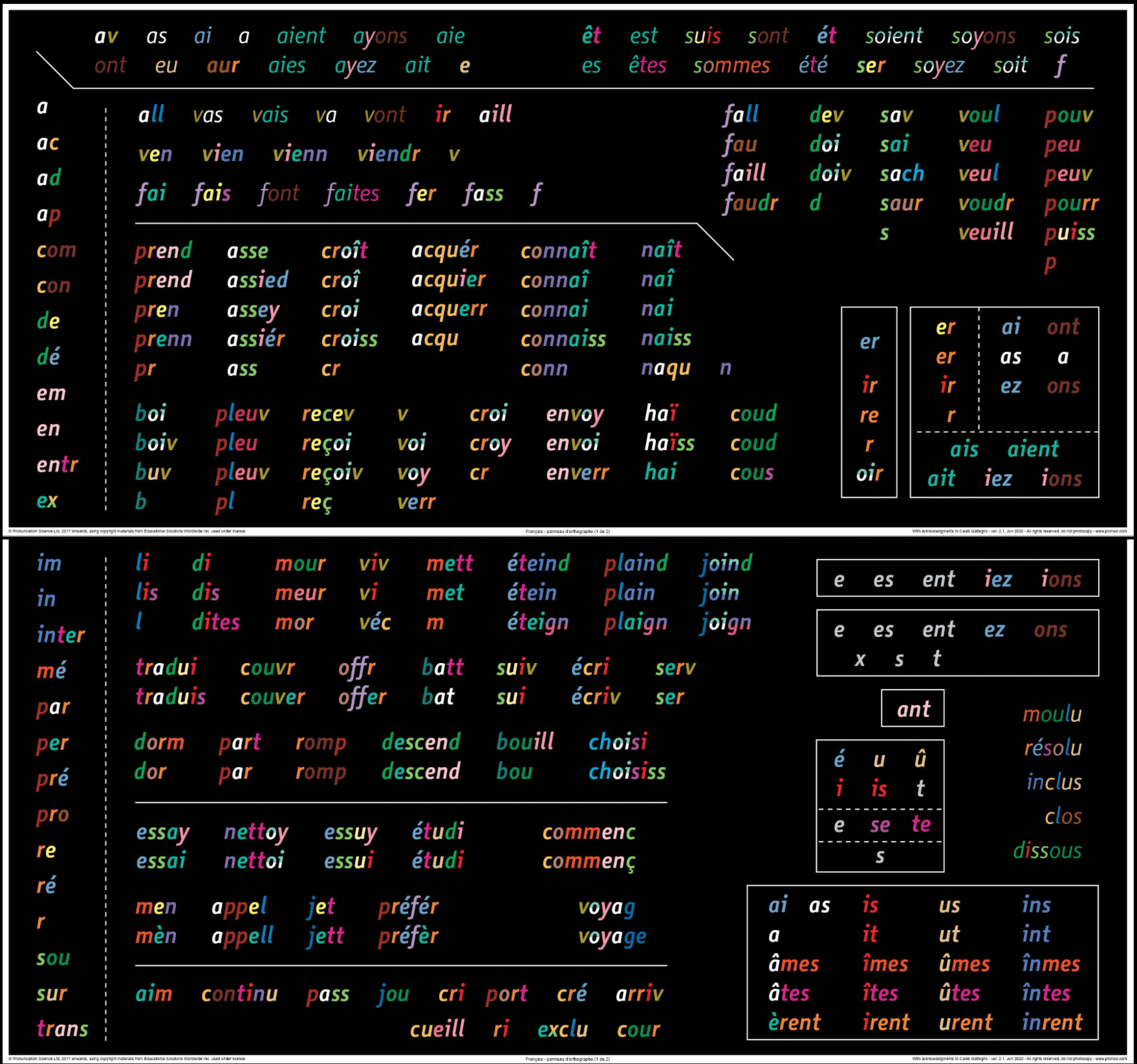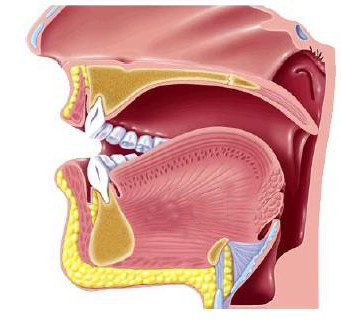In a lesson, a teacher plays a dual role. First, they spark the students’ need to express something meaningful and accurate. Second, they act as a quality control, offering feedback whenever a student’s expression needs correction or improvement. To get the students talking, a teacher might present tangible objects or situations—like props, items in the room, or pictures. With intermediate learners, the teacher may draw from the students’ own life and interests, asking questions like, “What did you do yesterday?”. As students advance, even a simple, “What’s on your mind today?” or a welcoming gesture can encourage them to speak.
Errors or mistakes
When students say something, often there will be one or more problems to fix. These ‘problems’ can be pronunciation errors, incorrect rhythm, faulty word order, misuse of function words, lexical inaccuracies, etc. It’s useful to distinguish between ‘mistakes’ and ‘errors.’ A ‘mistake’ might be a slip—a problem the student can likely fix themselves because they already have some internal criteria, but lack the practice to apply it consistently. An ‘error,’ however, occurs when a student doesn’t know how to correct themselves, perhaps due to unfamiliarity with a specific word, grammar structure, or tense.

Fixing mistakes
When a student makes a mistake, they require immediate feedback indicating that something needs fixing. This initiates a feedback/trial loop where the student tries to correct their mistake, guided by the teacher, until they reach the correct form. Once they do, the student should repeat the entire sentence, focusing on maintaining correct pronunciation and rhythm while making sure they don’t make the same mistake again. ‘Holding’ the sentence in mind long enough to say it correctly is challenging, but essential to internalize the correct structure. The whole process may require saying the same sentence several times, and can take more than a few minutes but it’s crucial: it’s when learning happens.
Correcting errors
At times, students may make errors they are unable to correct because they don’t know a word or a structure well enough. When this happens, the teacher first makes the student aware that there is something to fix. Once he has their attention, the teacher can provide the correct answer. He takes the time to do it meaningfully, connecting the answer with things that the students already know. For example, using a spelling chart that shows the relationship between the spoken and written word. Such charts, including word or conjugation charts, are useful tools depending on the nature of the error, as they reveal language patterns and provide students with better internal criteria.
Feedback is a confidence booster
Teachers can use various techniques to signal mistakes. Finger corrections, where each word is associated with a specific finger, help students navigate a sentence more carefully. Sometimes, a slight frown is enough, especially if the student is used to paying attention to what they say and how the teacher reacts to it. Simple cues like, “Problem!” or “Three mistakes!” are often effective. Students quickly grasp that they are working at the edge of their abilities, and exploring beyond, so they’re expected to make mistakes and need to fix them. In traditional classrooms, students are usually asked about things they’re supposed to know, so making mistakes is often seen as negative, which is stressful. However, when students see that lessons are about trying, getting feedback, and improving, mistakes become a natural and welcomed part of learning. No stress is involved. Always knowing for certain that what you’re saying is correct (because you know your teacher will show you when it’s not) is the foundation for confidence in speaking.





Leave a Reply